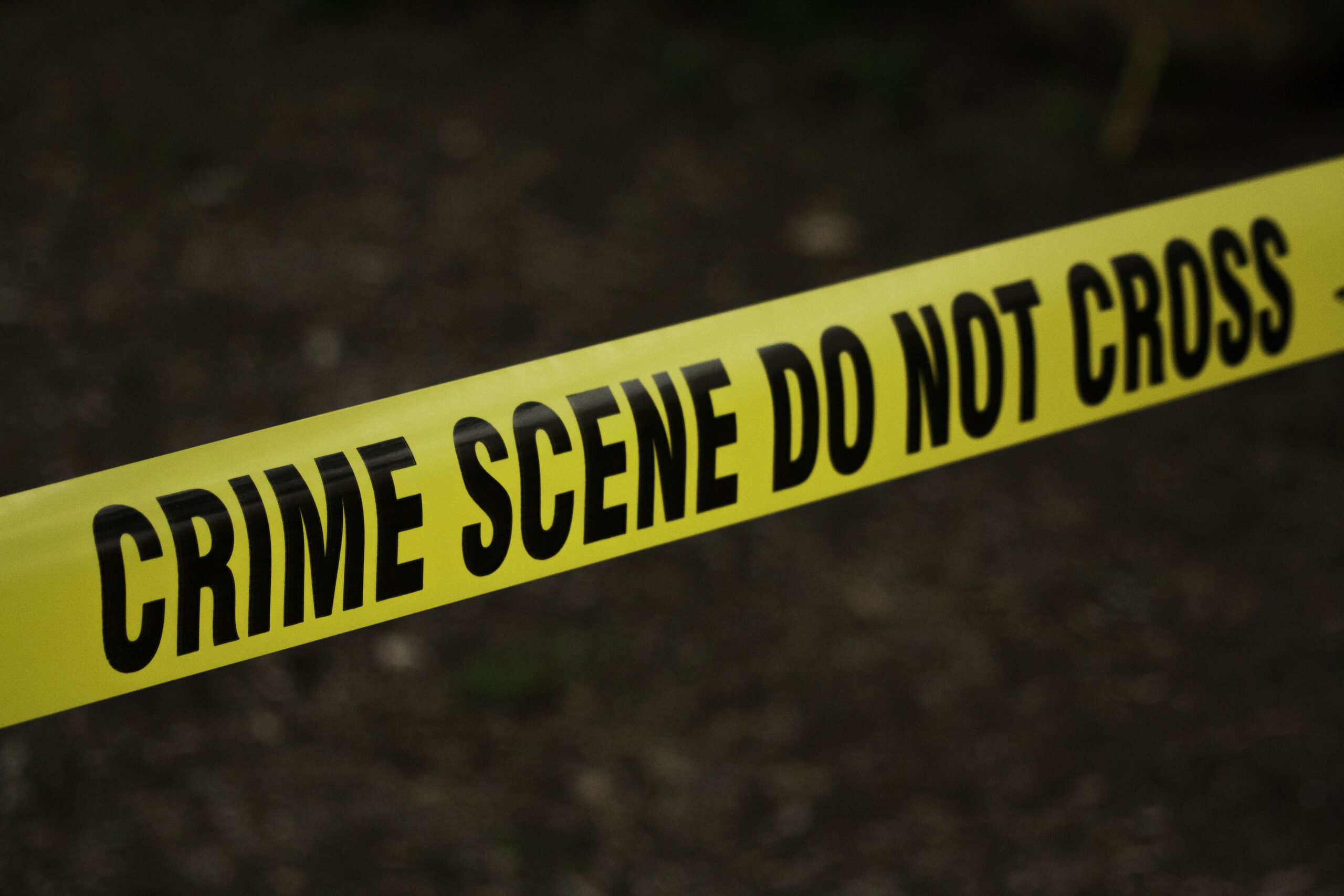Investigating crimes aboard ships at sea
News stories reporting on piracy along the Somalia coast sparked a worldwide cry for conformity in the training of investigative personnel. The most complex factor is, “Just who is in charge?” The complexity may emanate from a scenario such as this: a hijacked ship may be owned by a Dutch shipping company, flagged in Panama, manned by Filipinos, and liberated by German Special Forces.
Coordinating law enforcement activities across the globe is a daunting task, and an acceptable outcome depends of good coordination between investigating agencies and the judicial system where the crime occurs. The US Naval Criminal Investigative Service (USNCIS) and Europol recently joined forces to ensure effective prosecution of the criminal element by conducting a joint meeting in The Hague. These combined forces developed guidelines spelling out how to properly investigate maritime criminal acts.
These guidelines propose a uniformly consistent approach by combining standard, accepted crime scene investigative techniques. Additionally, state-of-the-art forensic examination of crime scene evidence is outlined. The NCIS/Europol alliance looks toward biometric and personal identification techniques such as fingerprint and DNA evidence as causing an increase in the potential for maritime piracy convictions across the board.
It is estimated that nearly 15% of the world’s oil production as well as 20% of world trade passes through the Gulf of Aden. Food supplies and other essentials like medical and manufacturing parts and supplies are also directly disturbed by acts of piracy. Much of all of this traffic, estimates say 80%, is bound for European countries.
Maritime piracy is a major issue causing considerable concern with the skyrocketing of shipping costs that include insurance rates and basic operational costs. A major source of income for Somalia has become piracy-related activities worth hundreds of millions of dollars.
All agencies cite the need for professional, in-depth training for crime scene investigators (CSIs). While each country offers varying levels of exposure to the basic essentials, The International Association for Identification (IAI), the world’s oldest and largest forensic identification group, offers recognized training and certification programs for CSIs.
The IAI requires training hours that range from a minimum of 48 hours of instruction and a 200-question examination for a Certified Crime Scene Investigator, up to 144 hours of instruction and a 400-question test for a Certified Senior Crime Scene Analyst.
This is all well and good for organized law enforcement, but what happens from the time the crime or act of piracy occurs until a trained CSI reaches the scene or vessel involved? Most often the actual crew of the ship in question can make or break any later criminal proceedings. Experts note that a crime occurring on a freighter would be handled differently than a passenger ship. It is a much simpler matter to “Secure the Crime Scene” until trained investigators arrive on a freighter, but crew members on a cruise ship will be motivated to “clean up the mess” so as not to alarm, annoy or disturb the passengers. Contact Crime Scene Cleanup Palm Valley FL for more help.
One major cruise line reported that during a two-year period, 102 sexual harassment cases and 113 cases of sexual assault were reported.
The cruise lines, however, consider those numbers quite small when considering that about 64 million passengers were on-board during that same five-year time frame.
